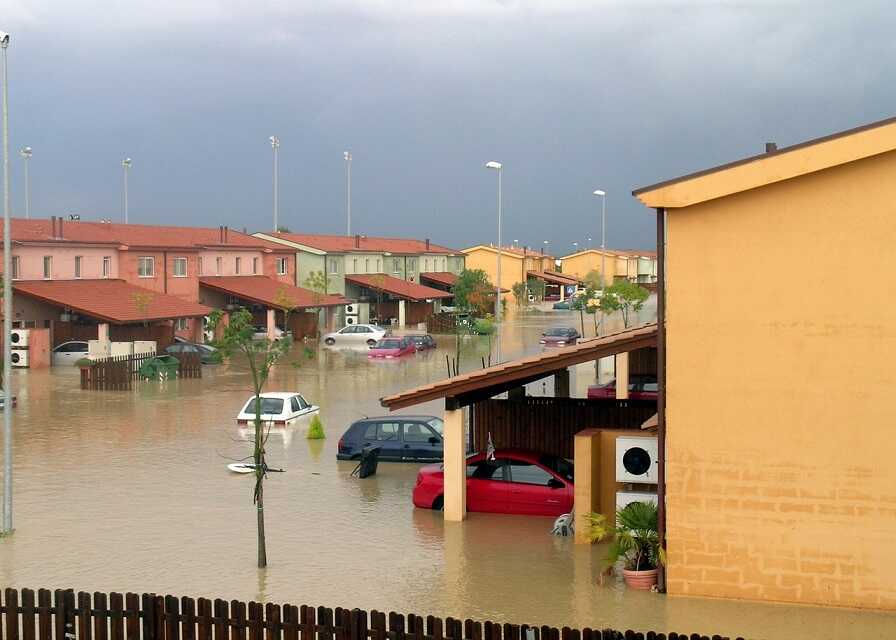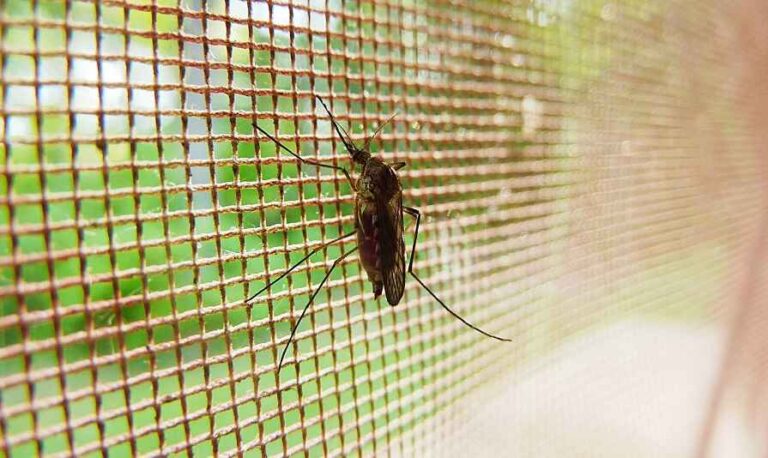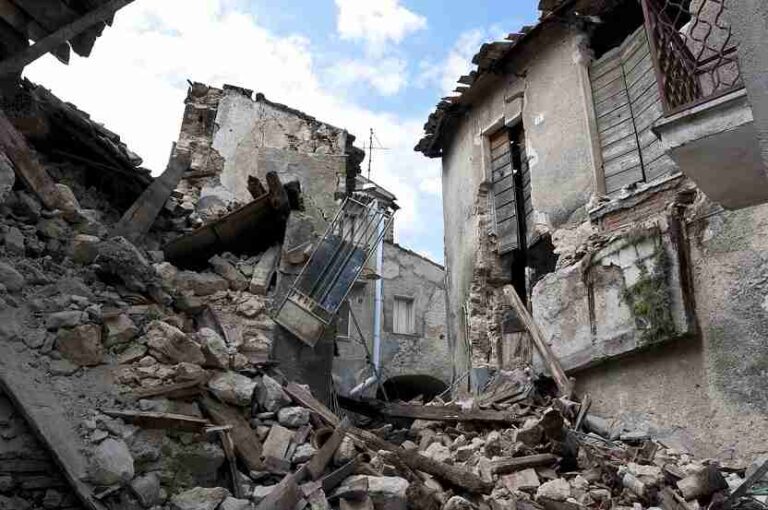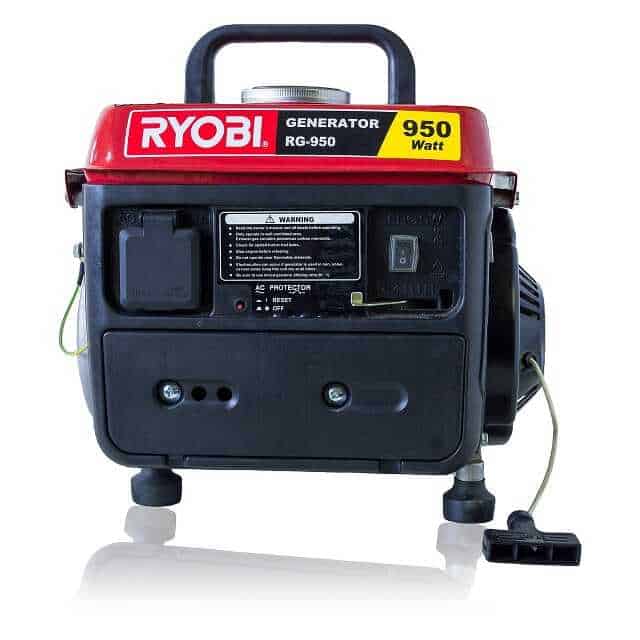How to Protect Your Home and Family When Flooding
Floods can be devastating natural disasters that have the power to wreak havoc on homes and communities. Being prepared for a flood is crucial to safeguarding your family and property.
In this comprehensive guide, we will provide you with practical tips and advice on flood preparedness, ensuring you know how to protect your home and loved ones when faced with this formidable force of nature.

Understanding Floods: The Basics
Before delving into flood preparedness, it’s essential to grasp the fundamentals of floods. Floods occur when an area that is typically dry becomes inundated with water, often due to heavy rainfall, snowmelt, or a combination of factors. They can be slow-developing or flash floods, and understanding the types of floods in your area is crucial.
Assessing Your Flood Risk
Every region has a different flood risk level. You can determine your risk by checking FEMA flood maps and consulting local authorities. Understanding your risk will help you make informed decisions about your preparedness efforts.
Creating a Family Emergency Plan
Developing a family emergency plan is paramount. Identify meeting points, establish communication protocols, and ensure every family member knows what to do in case of a flood. Practice evacuation routes regularly.
Building a Flood Kit
Assemble a flood kit with essential supplies, including non-perishable food, water, medications, flashlights, portable power stations, batteries, and important documents. Make sure it’s easily accessible in case you need to evacuate quickly.
Home Modifications for Flood Resistance
Consider elevating your home, installing flood barriers, and waterproofing your basement to minimize flood damage. These proactive measures can be invaluable in protecting your property.
Flood Insurance: What You Need to Know
Invest in flood insurance, as most standard home insurance policies do not cover flood damage. Understanding your coverage is essential for financial security in the event of a flood.
Early Warning Systems
Stay informed with local weather alerts and early warning systems. These systems can provide critical information about impending floods, giving you more time to prepare.
Evacuation Preparedness
Know the evacuation routes in your area and plan for transportation. Ensure that your vehicles are in good condition and always have a full tank of gas during flood season.
During a Flood: What to Do
If a flood occurs, prioritize safety. Evacuate when instructed by authorities, and avoid walking or driving through floodwaters. Stay informed and follow emergency instructions.
After the Flood: Safety Measures
Returning home after a flood can be hazardous. Check for structural damage before entering, and be cautious of electrical hazards and contaminated water. Wear protective gear when cleaning up.
Cleaning Up and Restoration
Clean and disinfect your home thoroughly after a flood. Remove damaged materials and hire professionals if necessary. Restoring your home promptly is essential to prevent mold growth and further damage.
Mental Health and Coping
Floods can be emotionally taxing. Seek support from friends, family, or professionals if needed. It’s crucial to address the emotional toll that flooding can take on individuals and families.
Community Resources
Explore local resources, such as disaster relief organizations and community support groups. These resources can provide assistance and guidance during the recovery process.
Frequently Asked Questions (FAQs)
Q1: Can flood insurance cover all damages?
A1: Flood insurance covers a significant portion of flood-related damages, but it may not cover everything. It’s essential to understand your policy’s specifics.
Q2: How can I flood-proof my basement?
A2: You can flood-proof your basement by sealing cracks, installing sump pumps, and elevating appliances and electrical systems.
Q3: Are floods becoming more common due to climate change?
A3: Yes, climate change has led to an increase in extreme weather events, including heavy rainfall and flooding.
Q4: What should I include in my family emergency kit?
A4: Your emergency kit should include food, water, first aid supplies, important documents, flashlights, and medications.
Q5: How can I help my children cope with the trauma of a flood?
A5: Communicate openly with your children, reassure them, and consider seeking professional counseling if necessary.
Conclusion
Flood preparedness is not an option but a necessity, especially if you live in a flood-prone area. By understanding flood risks, creating a family emergency plan, and taking proactive measures, you can protect your home and loved ones. Remember, preparation is the key to minimizing the impact of floods on your life.
Don’t wait until it’s too late. Start your flood preparedness journey today and ensure the safety and well-being of your family and home.
Disclaimer
Certain content that appears on this site comes from Amazon. As an Amazon Associate we earn from qualifying purchases. Read full Disclaimer Here!






